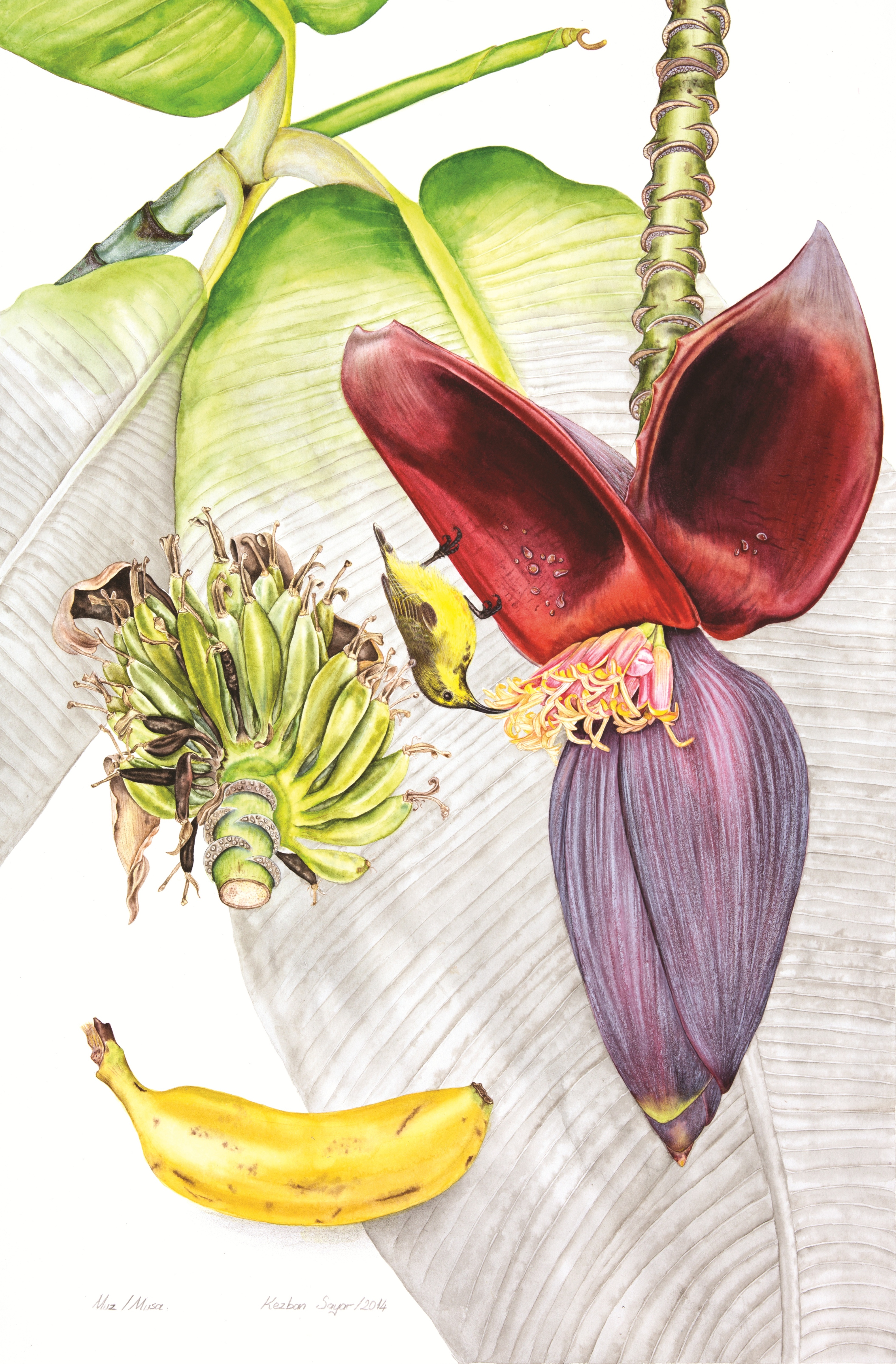EVENTS AT THE FESTIVAL
 TÜRKİYE CALLING!
TÜRKİYE CALLING! 
WASHINGTON DC TURKISH FESTIVAL
Sunday, October 20 2024 11am-6:30pm
3rd and 6th Street on Pennsylvannia Ave NW
Turkish Festival 2024 will be featuring lots of cultural events and activities.
Check them out here before coming to the festival. You may also download our brochure to your mobile phone.
TURKISH COFFEE AND TEA EXPERIENCE
Enjoy Turkish Coffee and Have your fortune-telling
At our Turkish Coffee Tent, you can enjoy a cup of Turkish coffee in different flavors and have your coffee fortune told.
Turkish coffee reading, also known as Tasseography or Tasseomancy, is a traditional method of fortune-telling or divination that is popular in Turkiye as well as many Middle Eastern and Balkan cultures. This practice involves the interpretation of patterns, symbols, and shapes formed by the coffee grounds left at the bottom of a cup after drinking Turkish coffee.
While Turkish coffee reading may not have a scientific basis, it remains a cherished and culturally significant practice in Turkiye, adding a sense of mystique and fun to gatherings and special occasions.
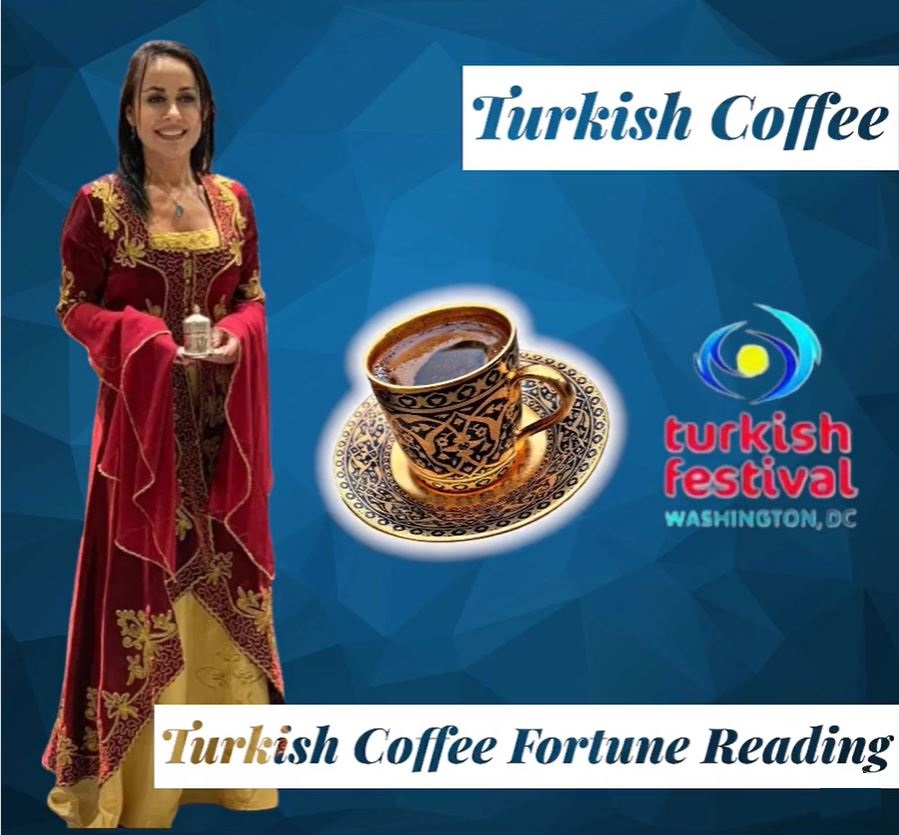
Turkish Tea Tent Welcomes Tea Lovers
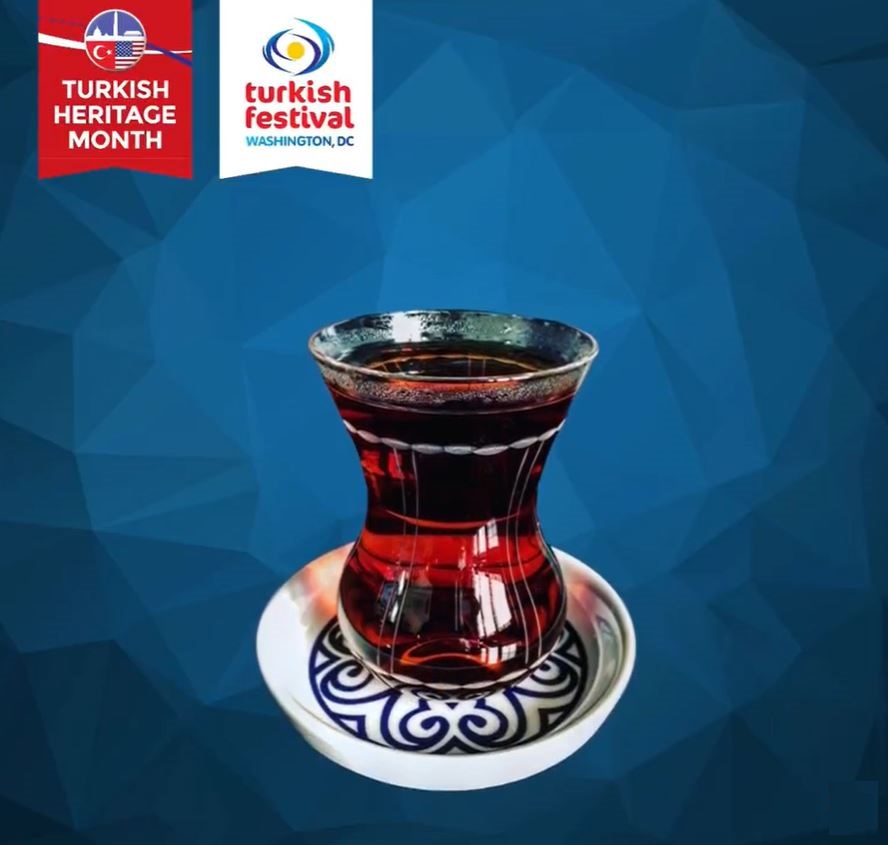
Tea drinking culture in Turkiye is deeply rooted in the country’s history and plays a significant role in daily life. Turkish tea, known as “çay” (pronounced “chai”), is an integral part of Turkish hospitality and social interaction. Turkish people are known for their warm hospitality, and offering tea to guests is a common way to welcome them into their homes. When you visit someone in Turkiye, it’s customary to be offered a glass of tea, and it’s considered impolite to decline.
KIDS TENT FOR LITTLE ONES
The Turkish Festival is gearing up to make your kids’ day unforgettable as well. Bring your little ones to the Kids Tent and let the fun begin!
Here’s a sneak peek of the exciting activities awaiting them:
🐼 Mosaic Making
🦁 Coloring
🐶 Crafts
🐸 Music & Dance
😺 Face Painting
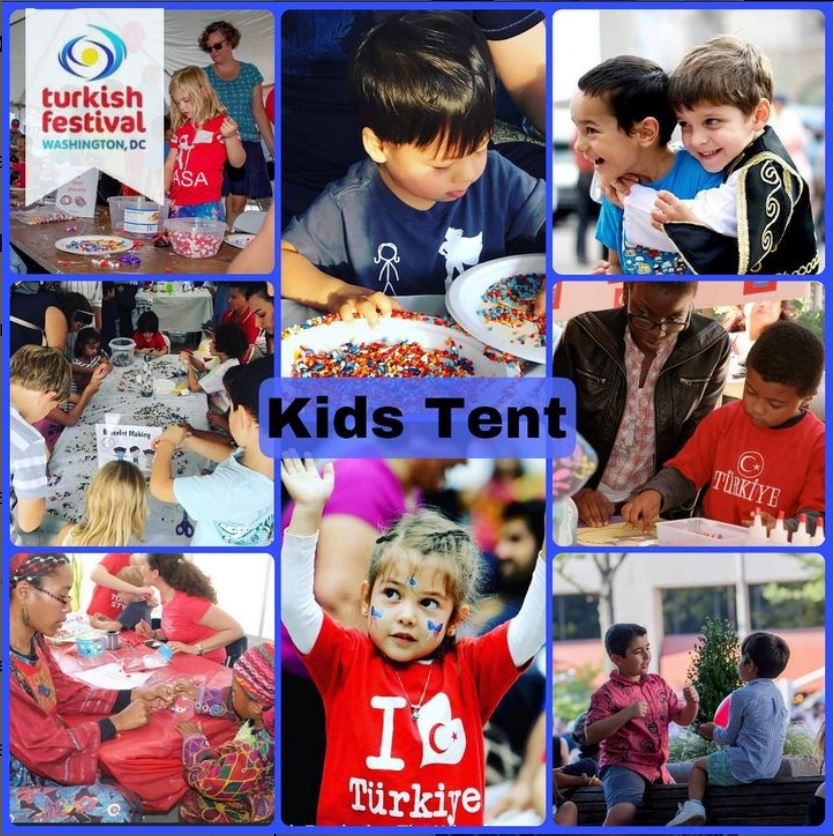
TURKISH CULINARY & GRAND BAZAAR
The Turkish Festival will offer a day of free activities including authentic Turkish cuisine, fashion, folk dances and live music. More than 40 arts and crafts vendors will showcase jewelry and hand-woven textiles at the Turkish “Grand Bazaar”.
Selected as the “Best Festival” and “Best Cultural Festival” by Washington City Paper readers in the past 12 years, this premier event draws tens of thousands of Washingtonians to the streets to experience Turkiye’s rich cultural history, its culinary delights, and a variety of live Turkish music and folk dance performances.
The festival goers will also enjoy delicious Turkish food and drinks, while browsing the Grand Bazaar to hunt for jewelry and fashion deals.
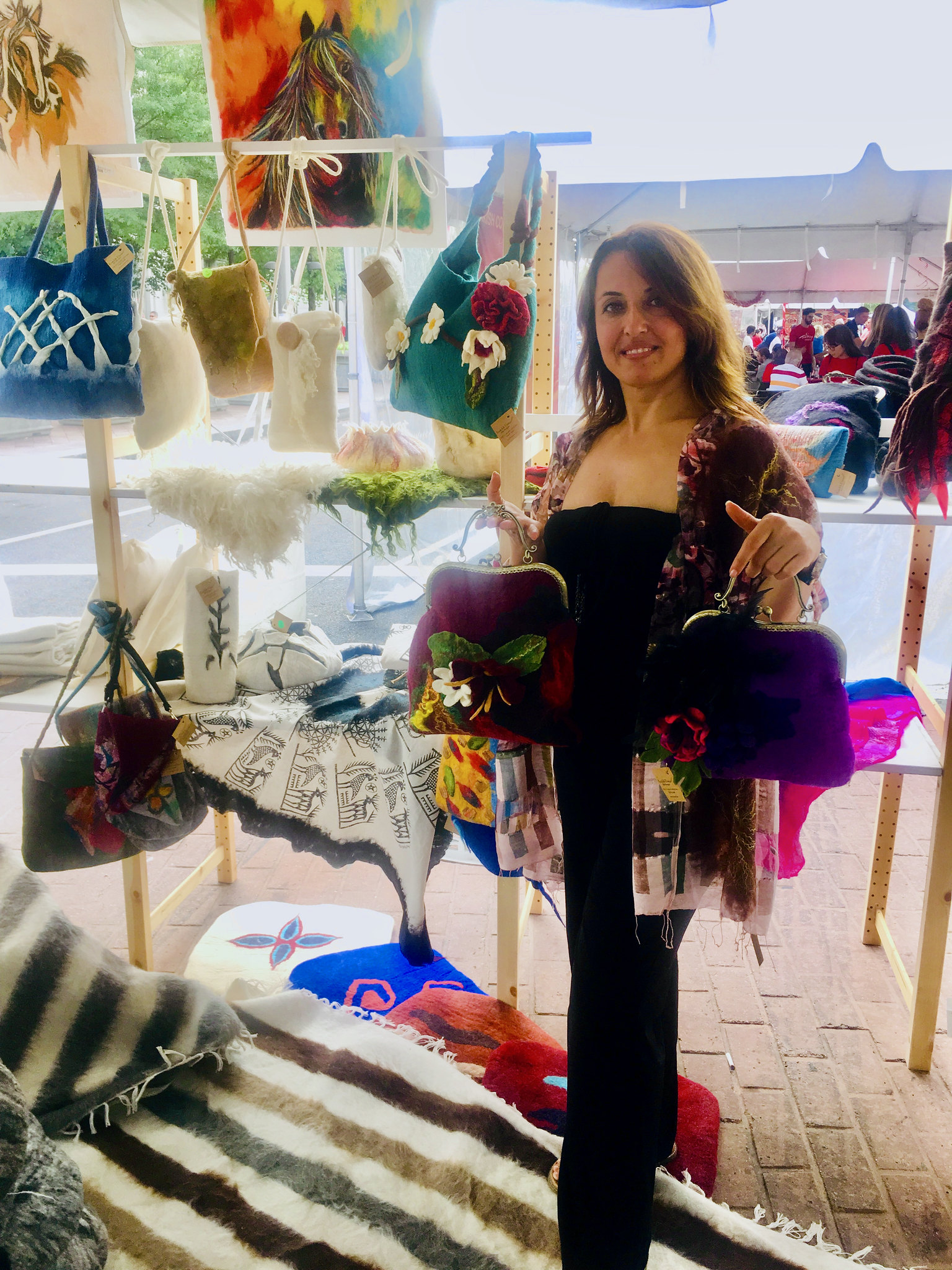
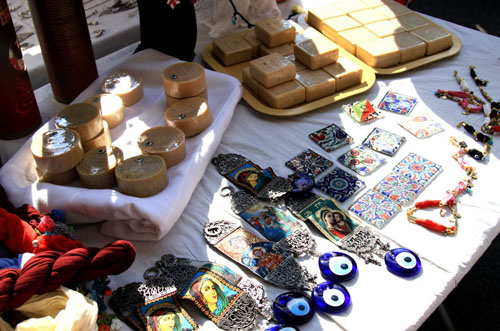
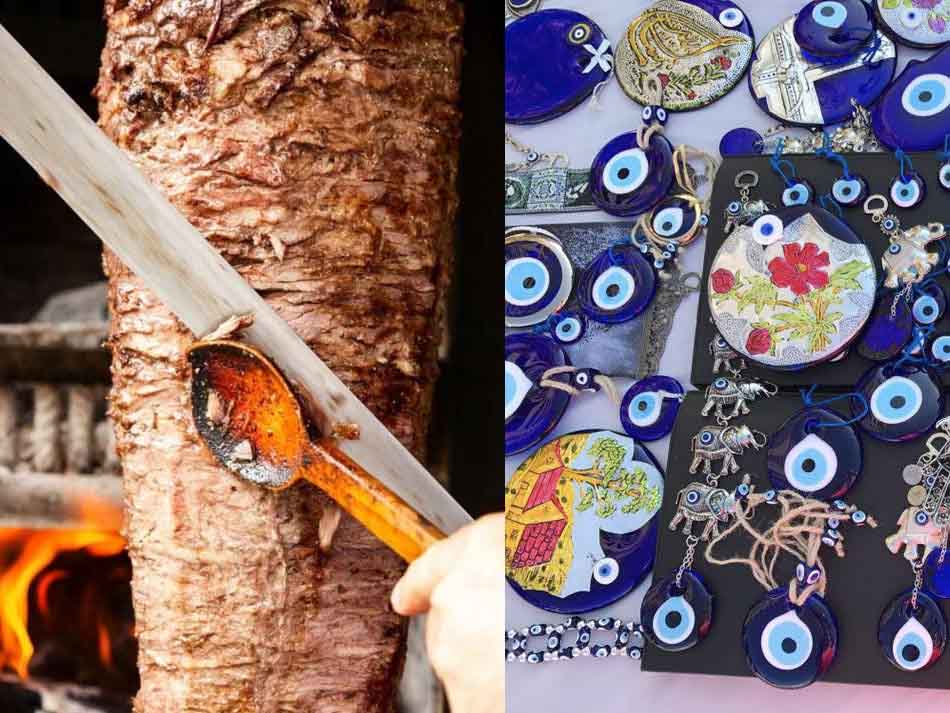
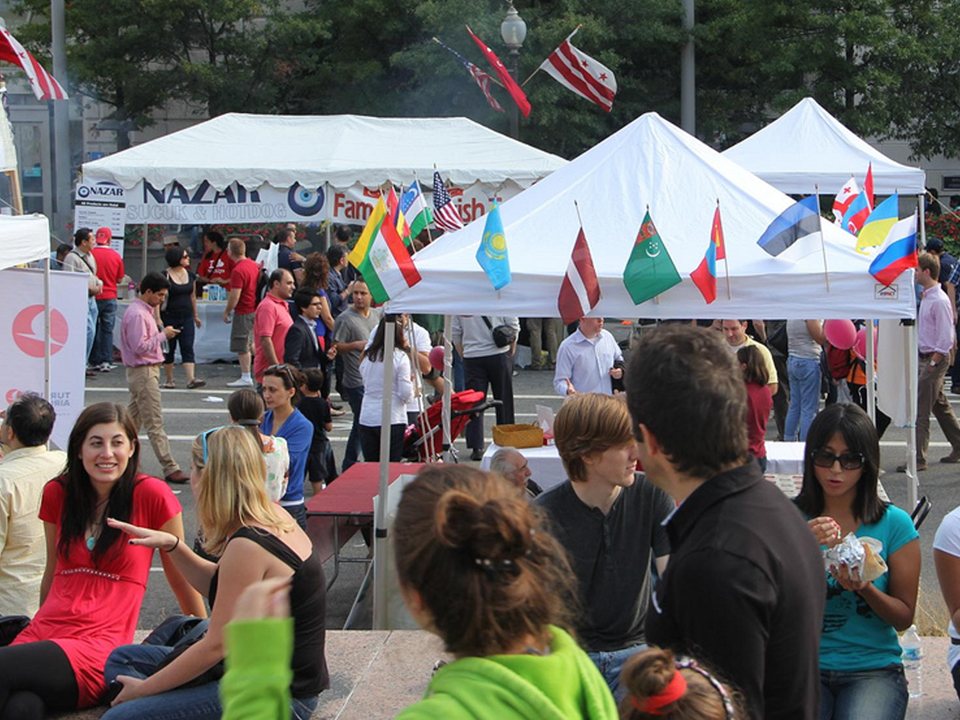
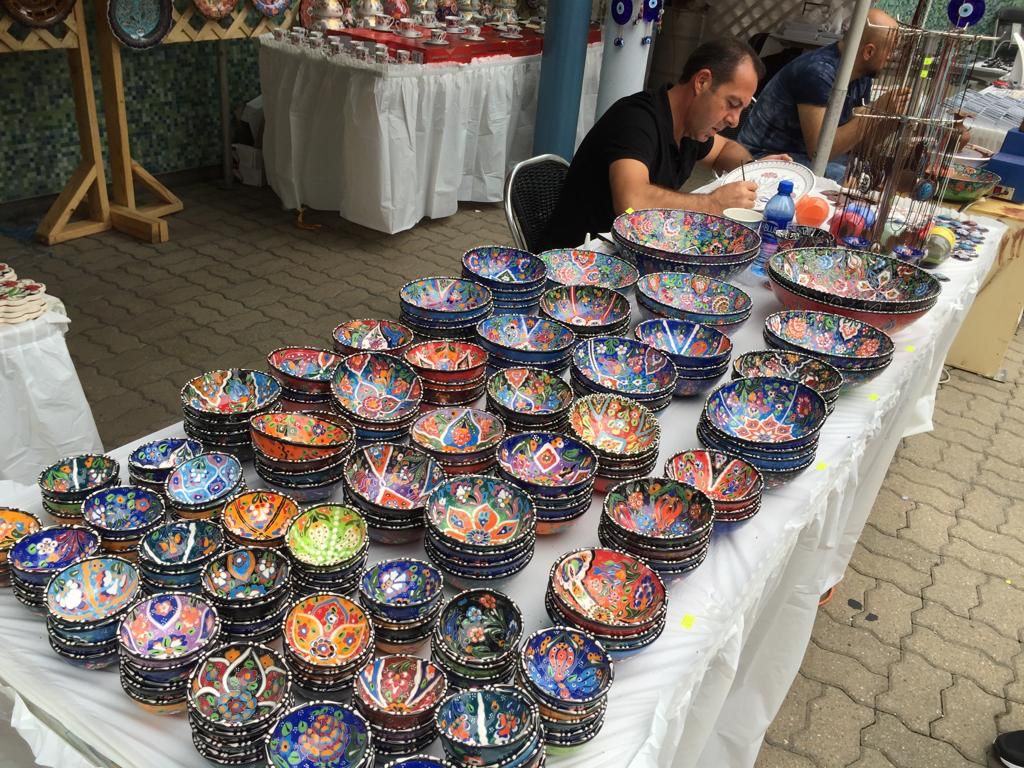
UNFORGETTABLE EXHIBITIONS
A special photo exhibit by Resul Celik
The Turkish Festival will host a special photo exhibition this year. Well-known Turkish artist Resul Celik is connecting people through photography. Born in Rize Çayeli in 1972, Resul Çelik made great contributions to the promotion of Turkiye with over two hundred and fifty photography exhibitions he opened in various cities of Turkiye. Çelik focuses mostly on landscapes, historical places and portraits.
Visit Celik’s exhibition and get a chance to purchase one of his master pieces at the Turkish Festival.
See examples at https://www.resulcelik.com.tr/
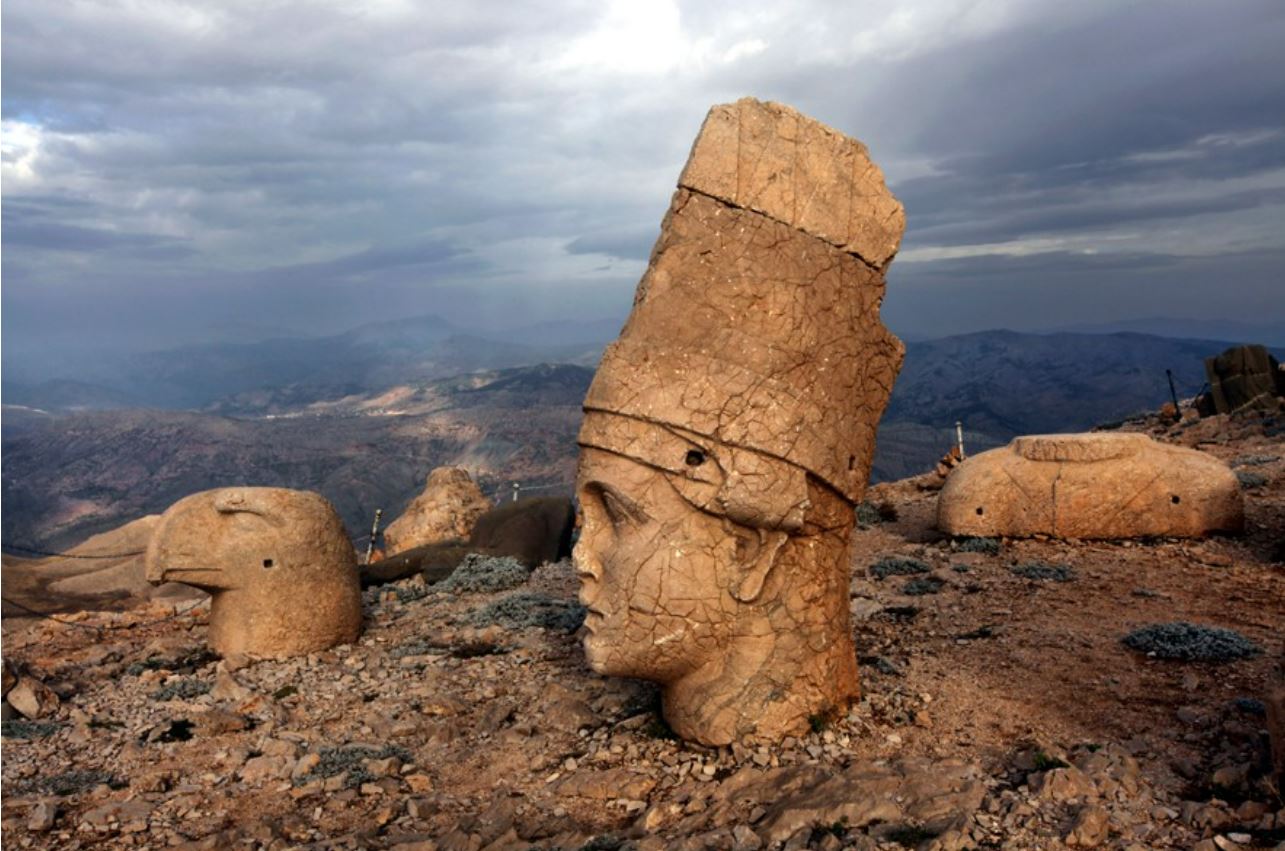
Mount Nemrut, Türkiye – Credit: Photo by Resul Celik
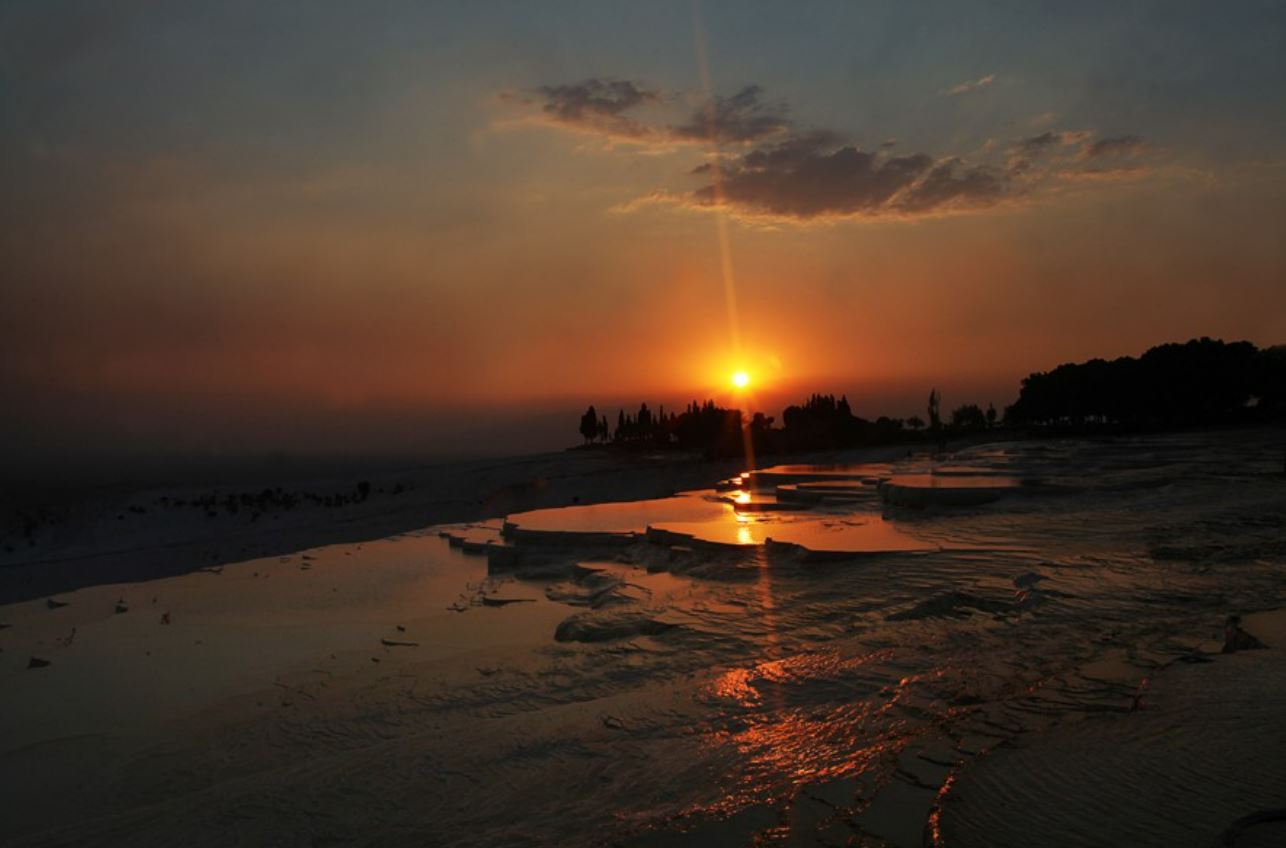
Pamukkale, Türkiye – Credit: Photo by Resul Celik
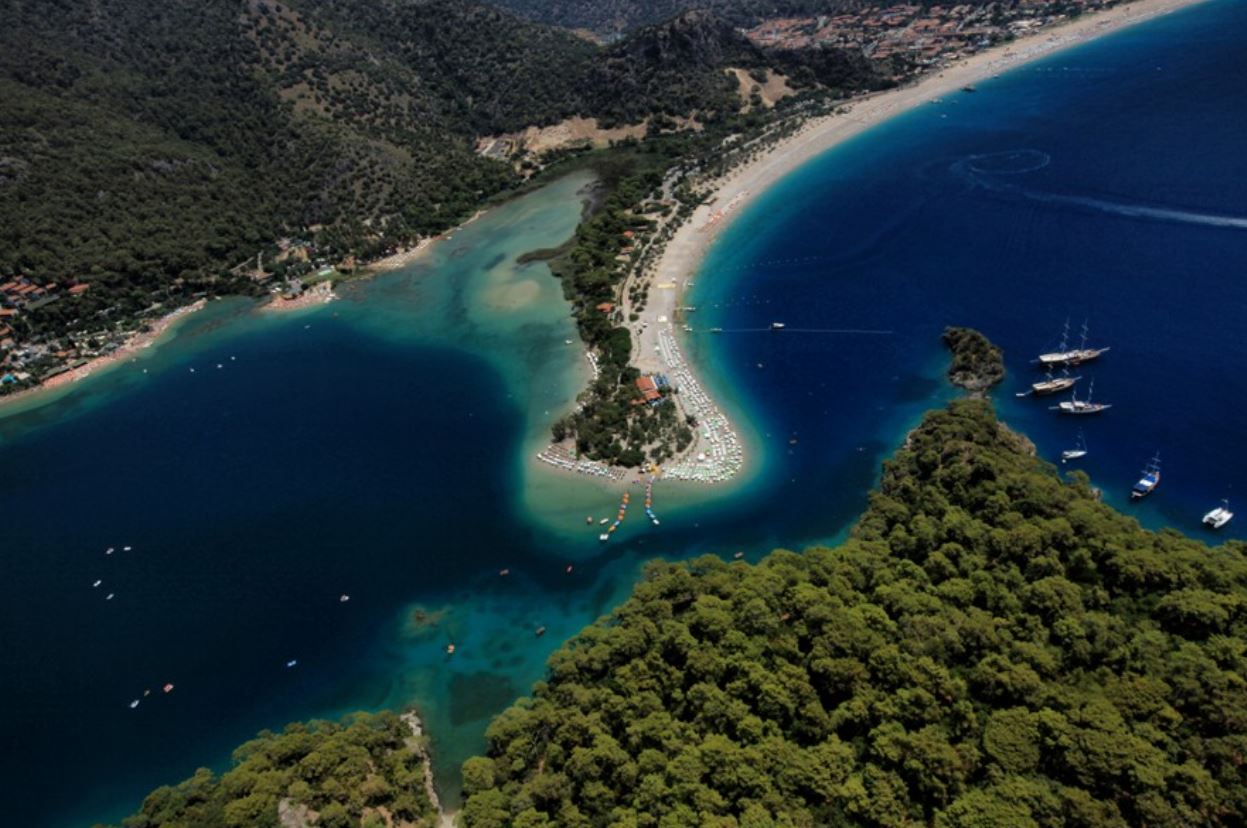
Fethiye Ölü Deniz, Türkiye – Credit: Photo by Resul Celik
Art of Copper: 10-Thousand Years in Anatolia
The Turkish Festival brings one of the oldest craftsmanship in the history of art to Washington, DC area: The Civilization of Copper.
It is commonly known that the discovery and use of copper for making certain tools and weapons date back to 10 thousand years in Anatolia. The process of smoothening the metal by heating and making it available for processing – also known as “tavlama” – was first realized in Turkiye, Anatolia.
With the Great Seljuk Empire, there has been a significant progress in the Islamic metal arts and cutting edge cup making and processing techniques were applied, as it Is the case for all the art branches of Seljuk Empire.
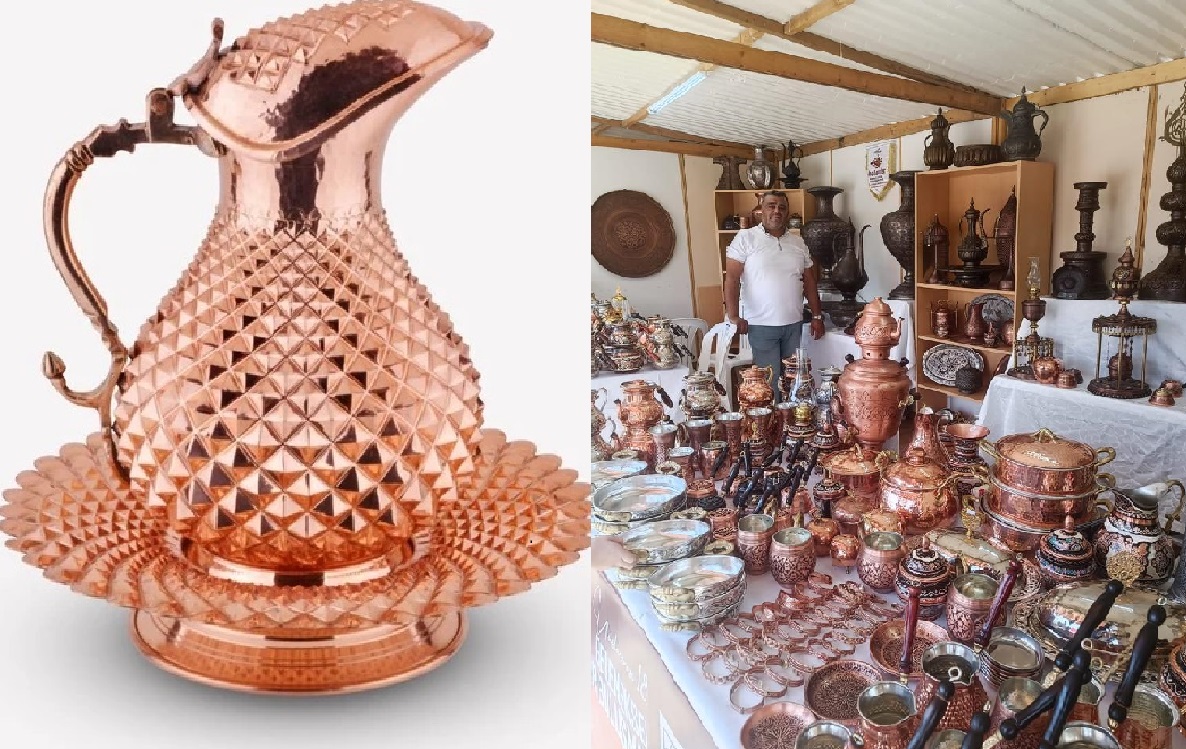
Right after the foundation of the Ottoman Empire, the copper mines in both Anatolia and the Balkans were intensively operated, as a result of which the mining activities climaxed during the Ottoman Empire era. As copper was used for the war Industry, royal mint and for the purpose of meeting the requirements In the social life In the Ottoman Empire, the mineral deposit were continuously operated until the middle of the 19th century. Copper products which were commonly used during the Ottoman Empire period are the results of an extraordinary workmanship.
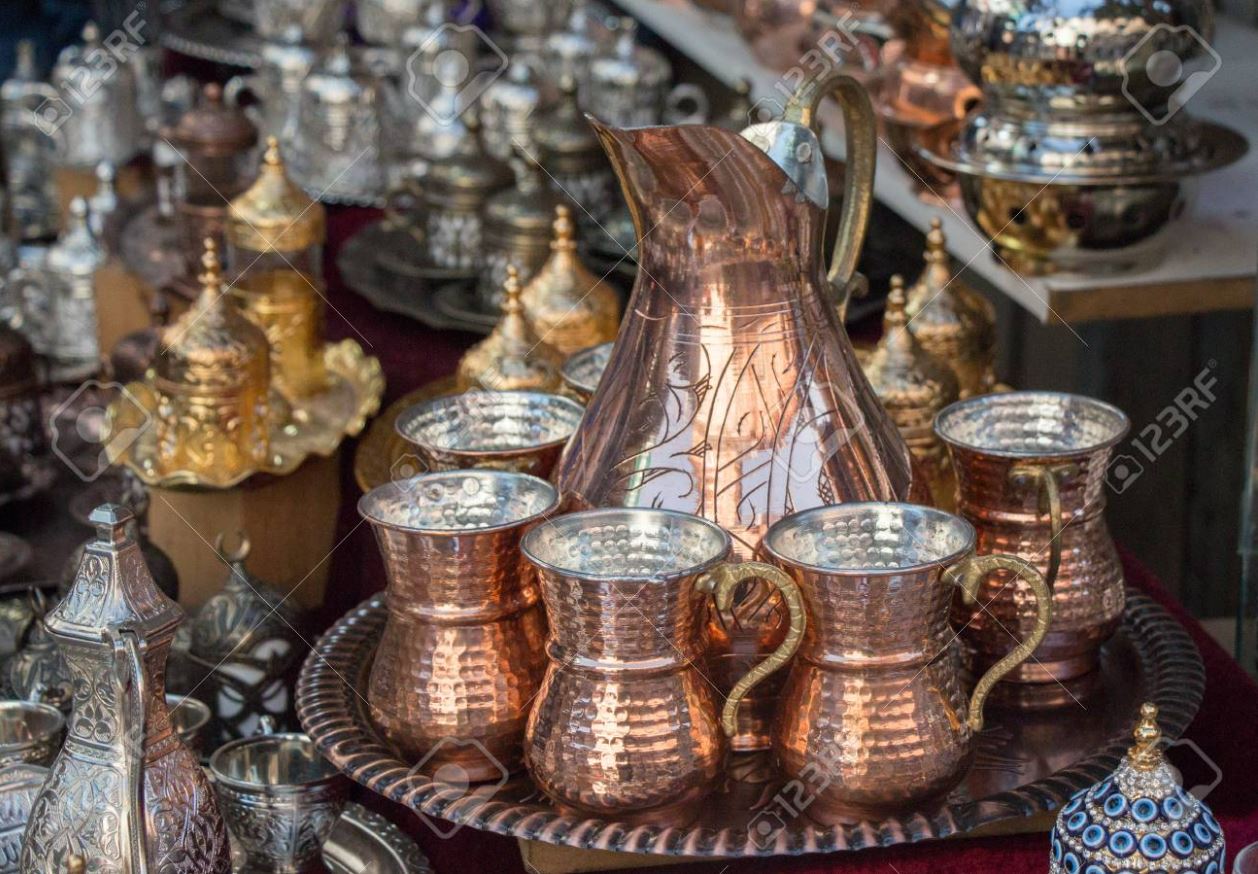
Tin is a metal used for casting the metal objects In order to prevent corrosion. Due to the oxidation and poisonous effect of the metal cups used without being tinned, tinning was commonly performed In the period when copper was used as kitchen equipment.
The common characteristic of the copper products produced In the Ottoman era which stand out with the variety of cup types, rich shapes, unique ornaments and the diversity of the materials used and the techniques implemented is the versatility shaped by the different cultures living In a large geographic region.
Turkish Carpet Exhibit by Haldun Tarhan
Turkish carpets, renowned for their intricate designs and rich colors, will be featured at the upcoming Turkish Festival on Sunday, October 20. This vibrant event celebrates Turkiye’s cultural heritage, showcasing the best of Turkish world carpets,specifically hand-picked and selected by expert Haldun Tarhan. Attendees will have the opportunity to explore and purchase stunning handwoven pieces that reflect the diverse artistry of Turkiye. Each carpet, crafted from high-quality wool, silk, or cotton, showcases unique geometric patterns and floral motifs. The festival not only highlights the skill of artisans but also allows visitors to take home a piece of Turkish heritage while enjoying the lively atmosphere of the celebration.
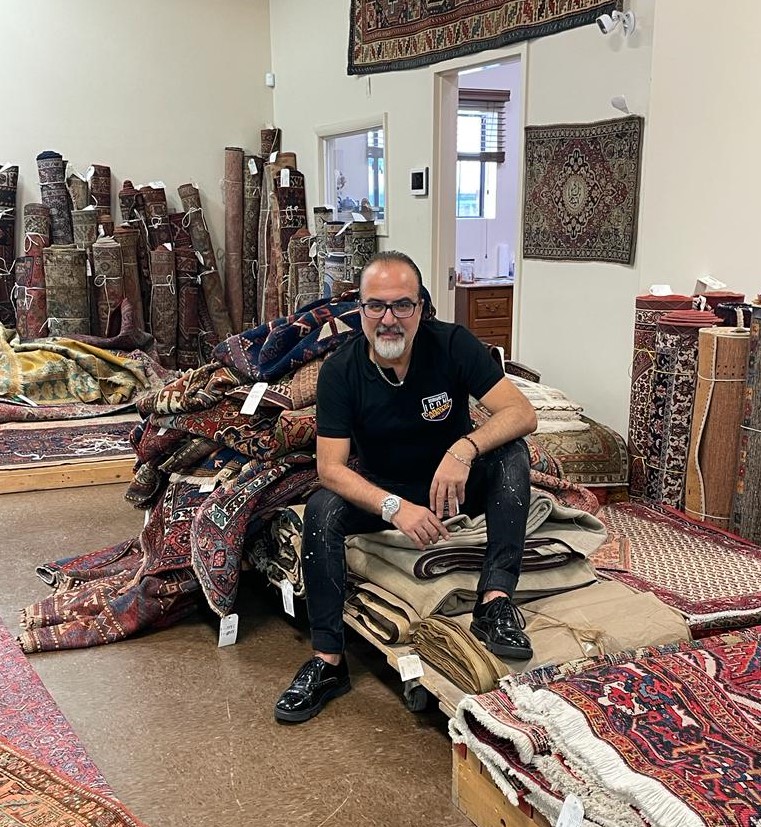
Ebru Art: The Mesmerizing Marbling Technique
Ebru, also known as “paper marbling,” is said to have originated in the city of Buhara in Turkistan and made its way to the Ottoman Empire through spreading through the Silk Road trade routes.It eventually found its way to Anatolia, in present-day Turkey, particularly in the city of Istanbul. Ebru papers brought to Europe by European travelers from Istanbul were initially recognized in Germany and later in France and Italy as “marble paper” or “Turkish marble paper,” and they were enthusiastically adopted and produced in those regions. Over time, Ebru paper spread to England and America, each country adapting it according to its unique artistic sensibilities, likely influenced by the diverse materials used in the process. During the Ottoman era, Ebru art was a distinguished art and profession. However, by the early 20th century, it had nearly faded into obscurity. The revival of this art is owed to the great artist Necmeddin Okyay, who developed “çiçekli ebru” or “flowered marbling” within the realm of Ebru art. This innovative approach breathed new life into the art. Turkish Ebru art is now celebrated for its intricate figures created on the surface of water, a unique and captivating practice that continues to captivate and inspire. On November 27, 2014, UNESCO officially recognized Ebru art as an intangible cultural heritage, solidifying its importance in the cultural tapestry of the world.
About the Artist: Sabiha Özgür: Bridging Cultures Through Ebru Art
Sabiha Özgür, a psychologist and researcher, discovered Ebru art while pursuing her master’s in social psychology at Boğaziçi University in Istanbul. Sabiha found herself captivated by the tradition and the deep connection this art form had with water. Her Ebru journey began with formal art education in the early 1990s. However, it was in 2003, under the guidance of Ayla Makas at Caferağa Medrese, that Sabiha truly embraced Ebru. She continued her Ebru education at Ebristan (Istanbul Ebru House) between 2005-2010 with great Ebru artist Hikmet Barutçugil.
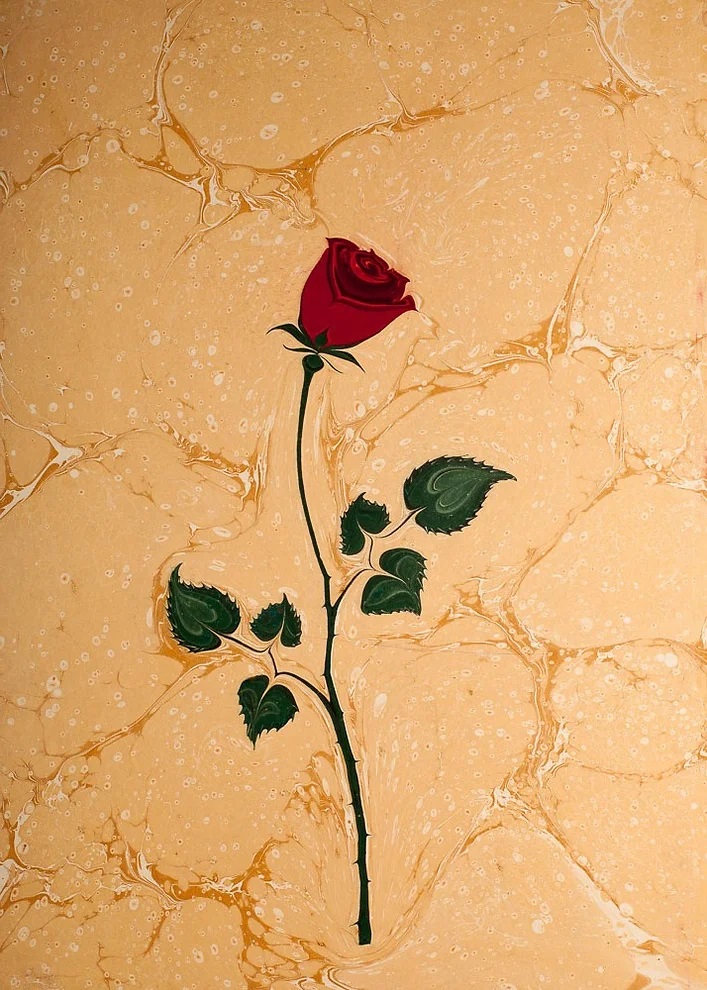
Scientific Botanical Artist Kezban Sayar Yağız
The artist graduated from Ankara University Faculty of Languages, History and Geography and Department of Anthropology, Department of Paleoanthropology. She completed her master’s degree at Ankara University, Faculty of Social Sciences, Department of Paleoanthropology. She started her artistic work by receiving Illumination and Scientific Botanical Art training from various institutions and workshops, and participated in many exhibitions. She worked as a Scientific Botanical Art Instructor at Nezahat Gökyiğit Botanical Garden. She currently gives private courses and trainings on a freelance basis. She is currently taking part as a Scientific Botanical Artist in the Illustrated Flora of Turkiye Project, which started in 2014 to bring together the Flora of Turkiye as an encyclopedia.
